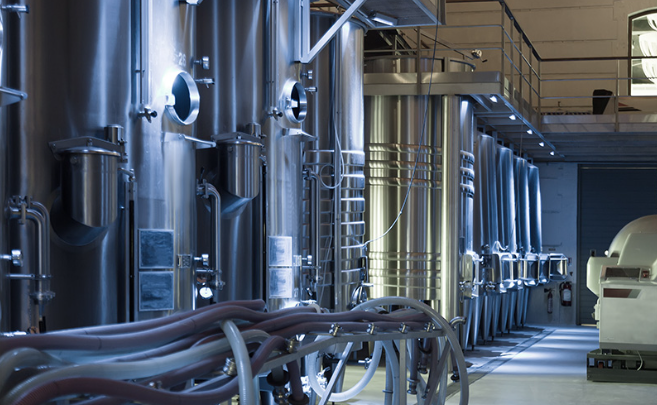In many industrial environments, maintaining consistent fluid movement is essential for operations to run smoothly. Pressure tanks are vital in controlling the flow of liquids and gases through pipelines, particularly in systems that experience fluctuating demand. Storing and releasing pressurised fluid, these tanks help stabilise output and reduce sudden pressure drops. In chemical processing or manufacturing, a steady flow rate contributes directly to production efficiency and product consistency.
Regulating System Pressure to Prevent Equipment Damage
Industrial systems are vulnerable to pressure surges, especially during pump start-ups or sudden demand changes. A pressure tank acts as a buffer, absorbing excess pressure and releasing fluid when the system requires it. This regulation helps protect pumps, valves, and fittings from damage caused by sudden spikes. Engineers rely on pressure tanks to ensure their systems operate within safe pressure ranges. The added control also extends the lifespan of connected components, helping reduce maintenance costs over time.
Providing Emergency Backup and Safety Buffer
In the event of a system shutdown or pump failure, pressure tanks serve as temporary fluid reserves that continue to deliver pressure to critical applications. This function is particularly important in safety-sensitive industries such as pharmaceuticals or food processing, where uninterrupted flow is essential to avoid contamination or spoilage.
A pressurised tank also acts as a safety buffer during emergency procedures, allowing time for systems to safely shut down or switch to auxiliary power. Without this buffer, fluid delivery might stop abruptly, putting sensitive processes and equipment at risk.
Enabling Process Flexibility and Control
Industrial processes often require adjustments in flow rate and pressure, depending on production needs. A pressure tank supports this flexibility by accommodating fluctuations in demand. It can store excess fluid when demand is low and release it when demand rises, without requiring immediate pump intervention.
This balance enhances system responsiveness and reduces reliance on external control mechanisms. Whether dealing with batching systems, transfer lines, or variable-speed operations, the tank’s ability to regulate fluid under pressure adds a layer of control that supports adaptable manufacturing processes.
Reducing Water Hammer and System Noise
A water hammer, a shock wave caused by a sudden change in flow, is a common issue in fluid systems and can lead to mechanical stress or pipe failure. Pressure tanks help prevent this by acting as a cushion that absorbs the shock, reducing noise and physical strain on piping systems.
In high-flow operations, especially where large valves open and close quickly, incorporating a pressure tank can reduce these damaging effects. This contributes to overall system reliability and supports a quieter, more stable operating environment.
Enhancing Energy Efficiency in Pump Operations
Pressure tank providers contribute significantly to energy conservation in pressurised systems. When integrated with pumps, these tanks reduce the number of times the pump needs to start and stop. Frequent cycling can lead to higher electricity usage and wear on mechanical parts. By storing a reserve of pressurised fluid, the tank allows the pump to rest during low-demand periods. Over time, this results in smoother operation and improved energy management, which is especially useful in high-volume operations.
Supporting System Scalability
As industrial demands increase, so does the need for scalable infrastructure. Pressure tanks allow systems to accommodate greater capacity without replacing core equipment. By expanding the tank’s size or pressure range, engineers can support increased flow without major system redesigns.
This scalability makes pressure tanks a practical component in expanding facilities or evolving process lines. Whether adding new lines, adjusting operational loads, or improving throughput, the ability to scale fluid storage and delivery is a distinct advantage in planning long-term growth.
Facilitating Efficient Start-Up and Shut-Down Procedures
Start-up and shut-down phases in industrial processes can be particularly unstable, with sudden surges or drops in pressure. A pressure tank helps moderate these transitions, delivering fluid at consistent pressure during start-up and maintaining delivery when equipment powers down.
This smooth transition reduces the risk of air pockets, fluid gaps, or backflow, which can damage equipment or delay processing. For facilities operating in shifts or conducting frequent maintenance, this stabilisation is crucial for minimising downtime and operational disruption.
Pressure tanks serve as a core component in many industrial fluid systems. From improving flow regulation and system protection to supporting energy efficiency and scalability, their function supports stability and performance across a range of industries. Understanding the role and proper integration of these tanks is essential for engineers and operations teams focused on reliability and safety.
For more information about pressured tank services, contact Unicontrols today.


